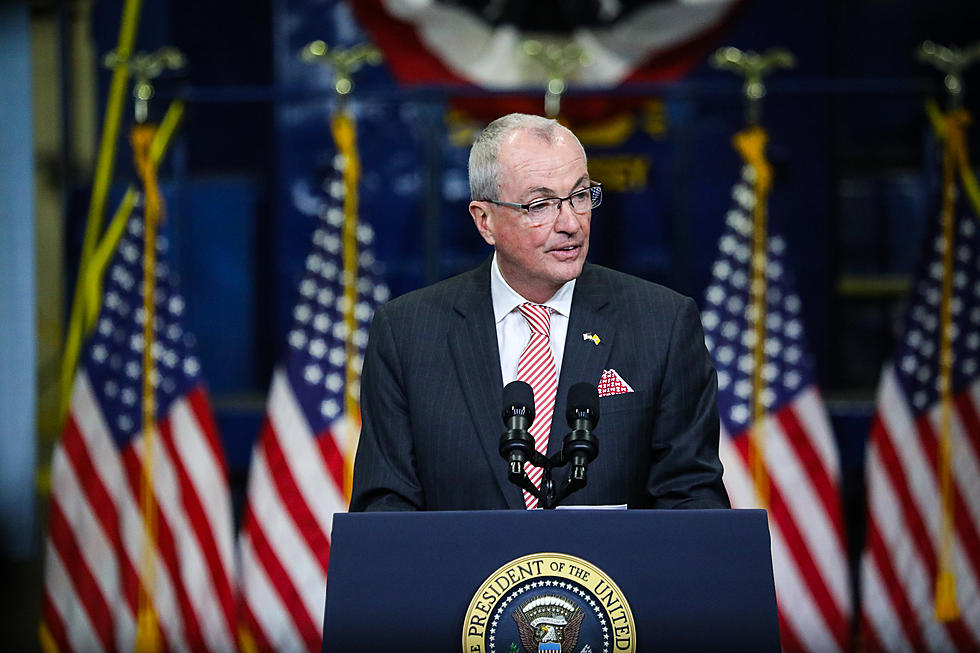Today the New Jersey State Legislature will approve Gov. Phil Murphy’s $50.6 billion budget for the fiscal year that begins Friday, July 1st, about $4 billion more than last year’s $46.4 billion. The extra money comes from higher tax revenue than expected (we have an $11 billion surplus) and federal pandemic aid (about $2 billion).
What does this mean for NJ schools, one of the largest spending categories of the budget at $12.8 billion?
- $1.9 billion has been allocated for school construction and renovation in so-called Abbott districts. This money will be managed by the state Schools Development Authority, recently reconfigured due to corruption and nepotism. Advocates say this isn’t nearly enough: “While this new funding will restart school construction and finance approximately 15 projects, over 300 more remain on state-approved build lists,” said David Sciarra, executive director of the Education Law Center, which litigates the Abbott cases and is currently in court to get more building funding. “For example, while Newark has eight projects declared priority by [the state], this funding will only build one.”
- $350 million for facilities in non-Abbott districts. Richard Bozza, head of the NJ Association of School Administrators told NJ Spotlight he had asked for a full billion dollars. “It’s a dent, but not a huge dent in terms of what is needed in this state,” he said. “And while right now the coffers are full, everyone is worried about another recession. Will the same money be there in the future?”
- $20 million more for students with moderate to severe disabilities, as school districts continue to struggle with funding their federally-mandated “free and appropriate public education.”
- $10 million for “hold harmless” or “adjustment aid” for districts that are forced to cut costs due to the state school funding formula.
Explainer: How Are Schools Funded in New Jersey, and Why Are My Property Taxes So High?
Murphy and the Legislature are declining to fully fund the formula, sticking with the ramped-up schedule despite the $11 billion surplus, citing the cost of doubling NJ’s ANCHOR Property Tax Relief Program. “The ANCHOR program is a $2 billion property tax program. So … at the end of the day, we couldn’t do it all,” said Senate Budget and Appropriations Chair Paul Sarlo. The increased rebates total a maximum of $1,500 for homeowners and $450 for renters beginning in the new fiscal year that starts July 1.
Also, families will benefit from a tax holiday on a range of recreational equipment and school supplies, which will be exempt from the state’s 6.625% sales tax beginning Aug. 27 and ending Sept. 5.
There has been a fair amount of criticism from across the political spectrum about the rushed timeline, with legislators claiming they don’t even have time to read the full budget. From the Star-Ledger:
The process of getting the spending plan to this point has been widely criticized by right-leaning and left-leaning advocates and policymakers alike for a lack of transparency and last-minute spending behind closed doors. And some of Gov. Phil Murphy’s “affordability” initiatives have also been characterized by many as gimmicks that do little to make the state more affordable.
John Mooney lists some additional educational items in the budget:
- New Jersey Commission on Holocaust Education: $100,000 (total $255,000)
- Bridge Linx Therapy Center, Ocean Township: $250,000
- Teach for America New Jersey – new teacher recruitment: $300,000
- Jersey Tutoring Corps: $1 million
- Governor’s Literacy Initiative: $100,000 (total $225,000)
- Matawan-Aberdeen Regional School District – KEYS Academy: $500,000
- Essex Regional Educational Services Commission: $500,000
- Neptune City School District – library construction: $100,000
- Hillsborough School District – Hurricane Ida infrastructure repairs: $1 million
- Ocean Township School District – cybersecurity network improvements: $287,000
- Montclair School District – capital projects: $500,000
- Eatontown Public Schools – capital improvements: $100,000
- Freehold Regional Schools – capital improvements: $100,000
- Hillside School District – capital aid: $750,000
- Clayton Model Pilot Program: $2 million (total $2.5 million)
- Charter school facility improvements: $5 million (total $10 million)



